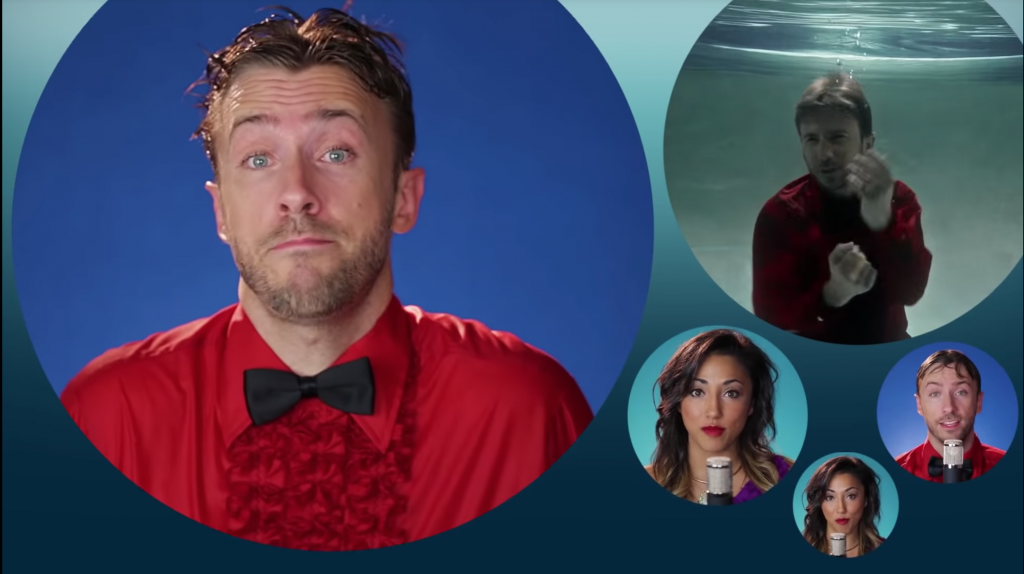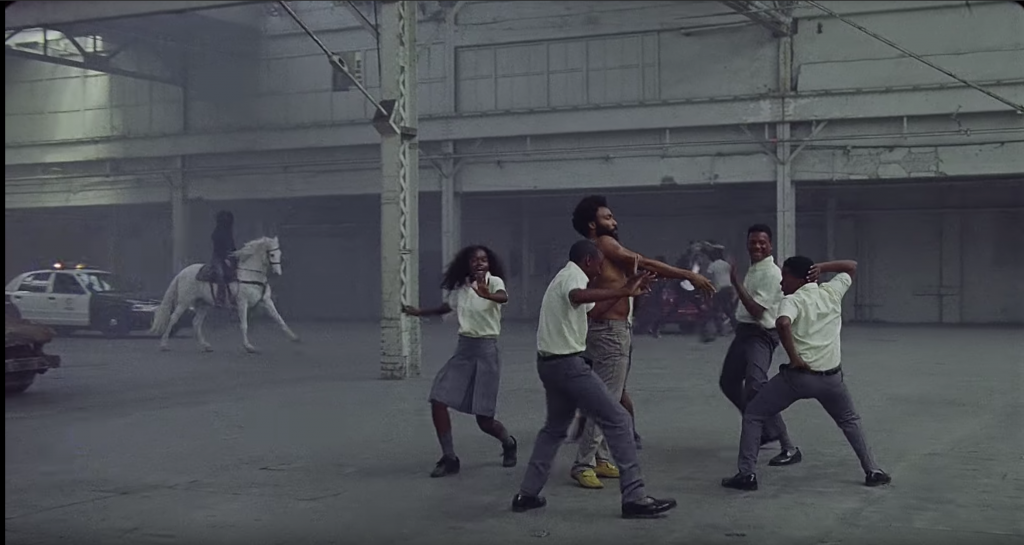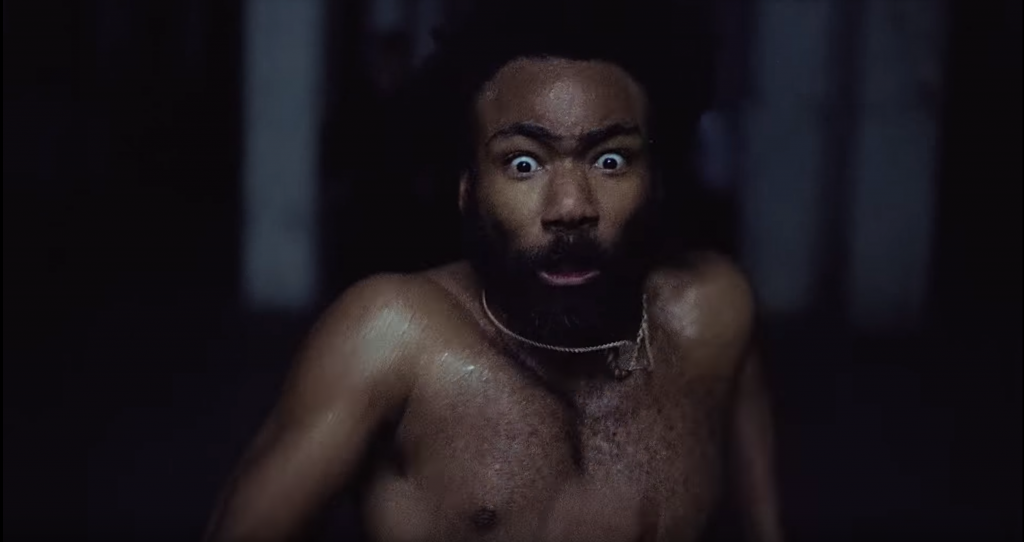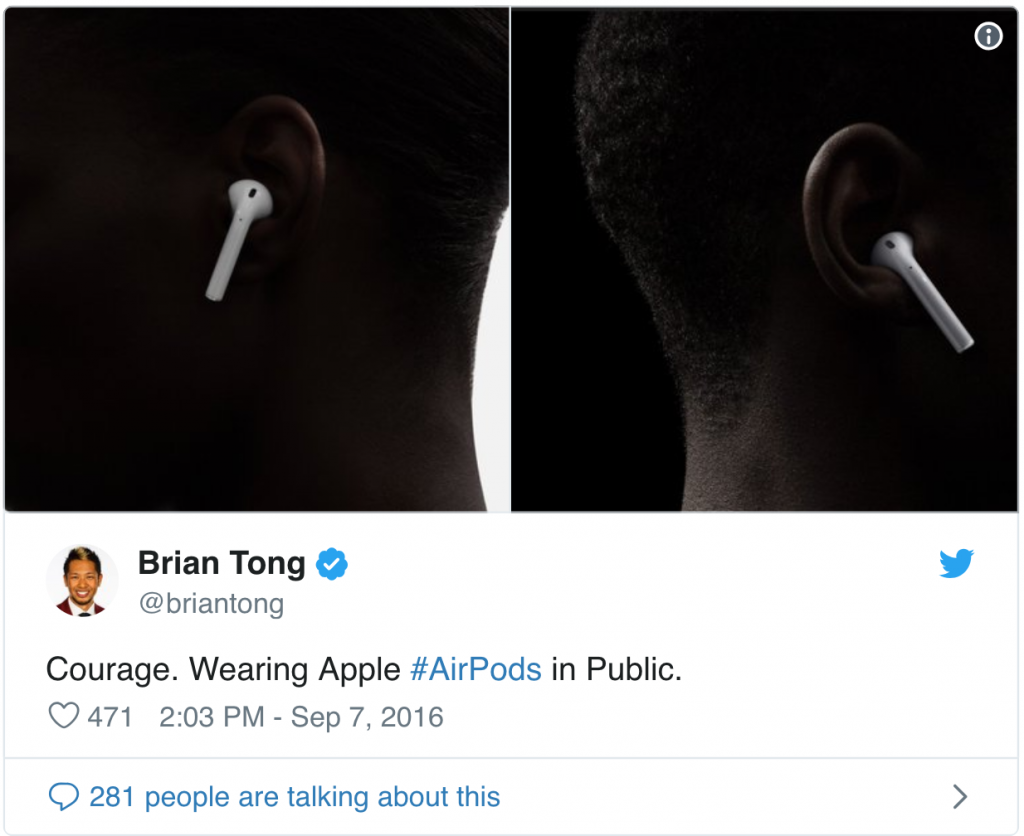There is no doubt that Youtube has changed the game for many aspiring musicians. As an user-friendly, free (for the most part), and incredibly accessible platform, Youtube has become a digital space for creators to showcase their talents to the world. Youtube is definitely a successful outlet, given the amount of superstars that got their starts on it.
I remember when I watched the music videos posted by my favorite youtube artists whenever I could. From Kina Grannis to Kurt Hugo Schneider to Megan Nicole, I must have spent countless hours on Youtube in high school (with VPN – thank you, China for blocking every social platform I used!) watching covers of my favorite pop songs produced by these aspiring musicians.
One genre that I remember being particularly drawn to was the world of a capella. As a self-proclaimed Disney fanatic, I fangirled over Peter Hollens and Alex G’s Epic Disney Medley as a 16 year-old teenager.
I watched this video at least 20 times, and marveled over how amazing this video was; reading through the comments, a lot of people seem to agree:


Rewatching the video now as a senior in a music conservatory, I have to admit that I am not blown away. In fact, I don’t really understand why I loved it so much five years ago. One thing that I definitely noticed is the amount of attention and detail put into the production of the video. This raises several questions: What role do the visuals play in this video? How does the video complement the medley itself? How does sight affect one’s auditory perceptions on a piece of music?
- “Yes, We are Actually Singing (A Capella Style)”
One common characteristic that I frequently find across a lot of a cappella music videos are deliberate shots of the artist recording the different voice parts against a solid background all playing simultaneously. This music video is no exception.
I believe the intention of such videography is pretty clear: for viewers who are unfamiliar with a capella, these clips provide a visual representation of what a cappella is about. For viewers who are familiar with this style, these clips add another layer of professionalism and awe. Regardless, the music video is a confirmation that yes, Hollens and Alex G actually sang all the voice parts and this song is actually an a cappella piece.

So Which Movie (And What Characters) Do My Costumes and Locations Remind You Of?”
As the medley unfolds all the different songs it is comprised of, the visuals transition from one set of costumes to another: from Alex G’s flowing blue maxi skirt in a desert during A Whole New World to Peter’s bright red velvet shirt during Under the Sea (with Peter imitating Sebastian the Crab in a pool underwater), all the pieces of clothing are deliberately chosen to reflect the characters both singers are trying to portray at different points of the song.

Changing the costumes is an incredibly smart move in terms of audience engagement and outreach. The producers know that not everybody on Youtube is a Disney fanatic: by providing clear visual elements, it allows audiences who aren’t as educated in Disney movies to easily identify which songs come from what movie. For viewers are Disney fanatics, the shots add a pop of excitement and (along with the songs themselves) nostalgia as the video rolls along.
Concluding Thoughts
Overall, the visuals themselves play a crucial role in the success of this song. Without the visual elements, I truly believe that the medley would lose the sense of magic and awe that the videography provides. Perhaps this is why so many a cappella videos on Youtube (or any music video, for that matter) take a long time to produce: from planning the video to hiring the best videographers, a lot of though goes behind these videos for maximum audience engagement.
Want more a capella Disney covers? Check out this Epic Disney Villain Medley!







